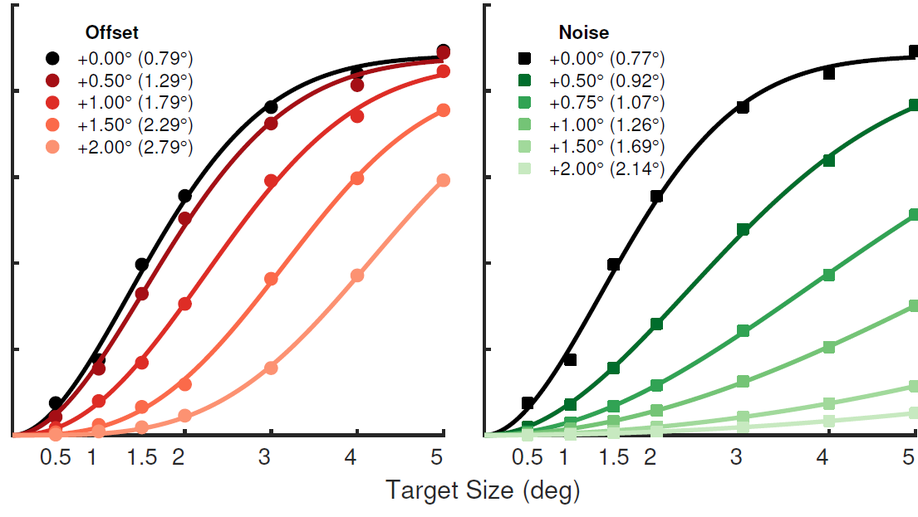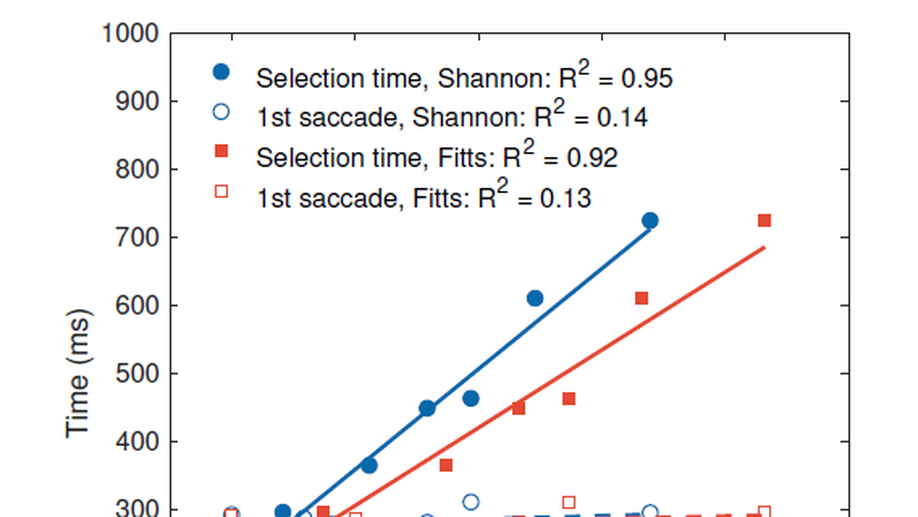Immo Schuetz
Research Scientist - Experimental Psychology, Perceptual Science, HCI
Justus-Liebig University Giessen
Hi!
I am a researcher in experimental psychology at Justus-Liebig University Giessen, Germany. My research is focused on how we as humans sense, perceive, and act on our environment.
Even during a simple every-day task, such as taking a sip of coffee while reading this sentence, our brain continuously interprets and reacts to the world in a highly dynamic sensorimotor loop. To unravel this loop, I use a variety of methods such as eye tracking, hand and body tracking, psychophysics, and computational modeling techniques. Most of my research makes use of virtual reality to create well-controlled yet highly naturalistic environments. On the applied side, I am interested in how sensorimotor principles can inform and improve our interactions with technology and lead to more human-centric computing. Finally, I also support other research projects through code, statistical analysis, and virtual experience design.
I graduated with a degree in psychology from Philipps University Marburg. In 2015, I successfully defended my PhD (Dr. rer. nat) in experimental psychology in the Perception & Action lab of Prof. Dr. Katja Fiehler at Giessen University. My postdoctoral research experience since then includes helping establish the Physics of Cognition lab at Chemnitz University of Technology (Prof. Dr. Wolfgang Einhäuser-Treyer) and a two-year industry postdoctoral assignment at Facebook Reality Labs (Redmond WA, USA).

